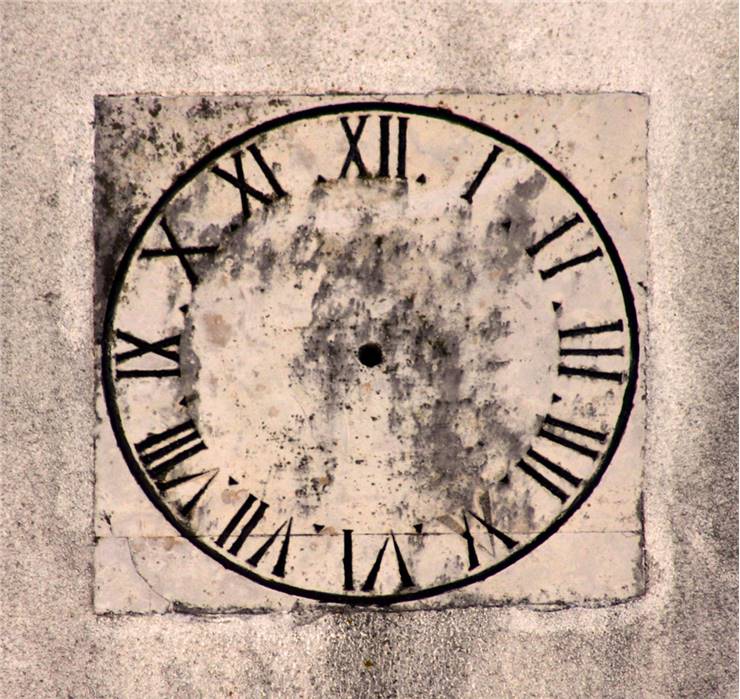History of Clocks
Ancient times
Even though sundials were discovered and initially developer in Ancient Babylon, it was Egypt and Greece where this timekeeping device received the most attention. Sadly after the fall of Roman Empire, sundials and other simple time measuring devices received only limited use. Change came in 12th and 13th century when trade expeditions of early Renaissance brought to the Europe knowledge of Islamic clocks and Chinese intricate water clocks. This provided European inventors with a basis to produce their own improved designs.
Pre-1600s
Mechanical watches first started appearing in second half of 14th century, but they had a problem of weak power sources – weights. However after the invention of first mainspring in early 1500s and small portable clocks by German locksmith Peter Henlein, clocks finally started spreading across Europe. Even though they were had to make, imprecise and easy to break, they created basis for all future watches and enabled spreading of watchmaking industry across the world. After main spring, the most important invention that was made pre 1600s were introduction of crews, which enabled manufacture of much smaller and compact watches.

1600-1675
During this time, clocks and watches entered into “Age of Decoration”. They changed very little in the mechanical sense, but their high production cost attracted the attention of wealthy people, nobility and royalty all across the Europe. Extravagant design and use of precious stones and metals made watches desirable object for every person of high status. During that time, Italian custom of separating one day into 24 separate pieces (hours) spread across the world.
1675 – 1700
Introduction of Balance Spring (pendulum) finally eliminated one major flaw of watches – low accuracy. With this invention, clocks finally started measuring hours very accurately, and only fractions of minutes become lost to the mechanical inefficiencies. Because of this great increase in accuracy, minute handle finally became standard into all watches. As for fashion, this 25 year period became known as a first time that men started carrying pocket watches fastened with the small chain to their belt or coat. This marked the first time that men stopped carrying watches like pendants on the neck.
1700 – 1775
This period was marked by a steady innovation of watches, which was greatly accelerated by the needs of maritime navigators and scientists. The most famous person from that period was without a doubt John Harrison, English clockmaker who managed to produce one of the most important clocks of all time - Marine chronometer. With the power to calculate longitude by means of celestial navigation, famous Age of Sail finally entered into its height.
1775-1900
After watches became sufficiently accurate to be used in scientific experiments, and lower price of regular pocket, table and wall watches enabled their spreading across population. The most important mechanical innovation of that time was without a doubt lever escapement. With the rising industrial manufacture, watches became even cheaper and reliable, and quicker cycles of fashions styles caused rapid expansion of watch creating facilities.
1900 and beyond
Modern metallurgy and industrial manufacture enabled watches to finally become available to everyone. Electric clock become widespread, atomic watches defined second as an exact number of oscillations of cesium atom, and computer controlled digital watches become ever present.
